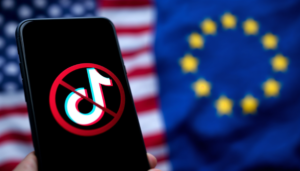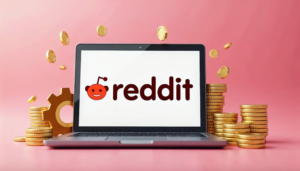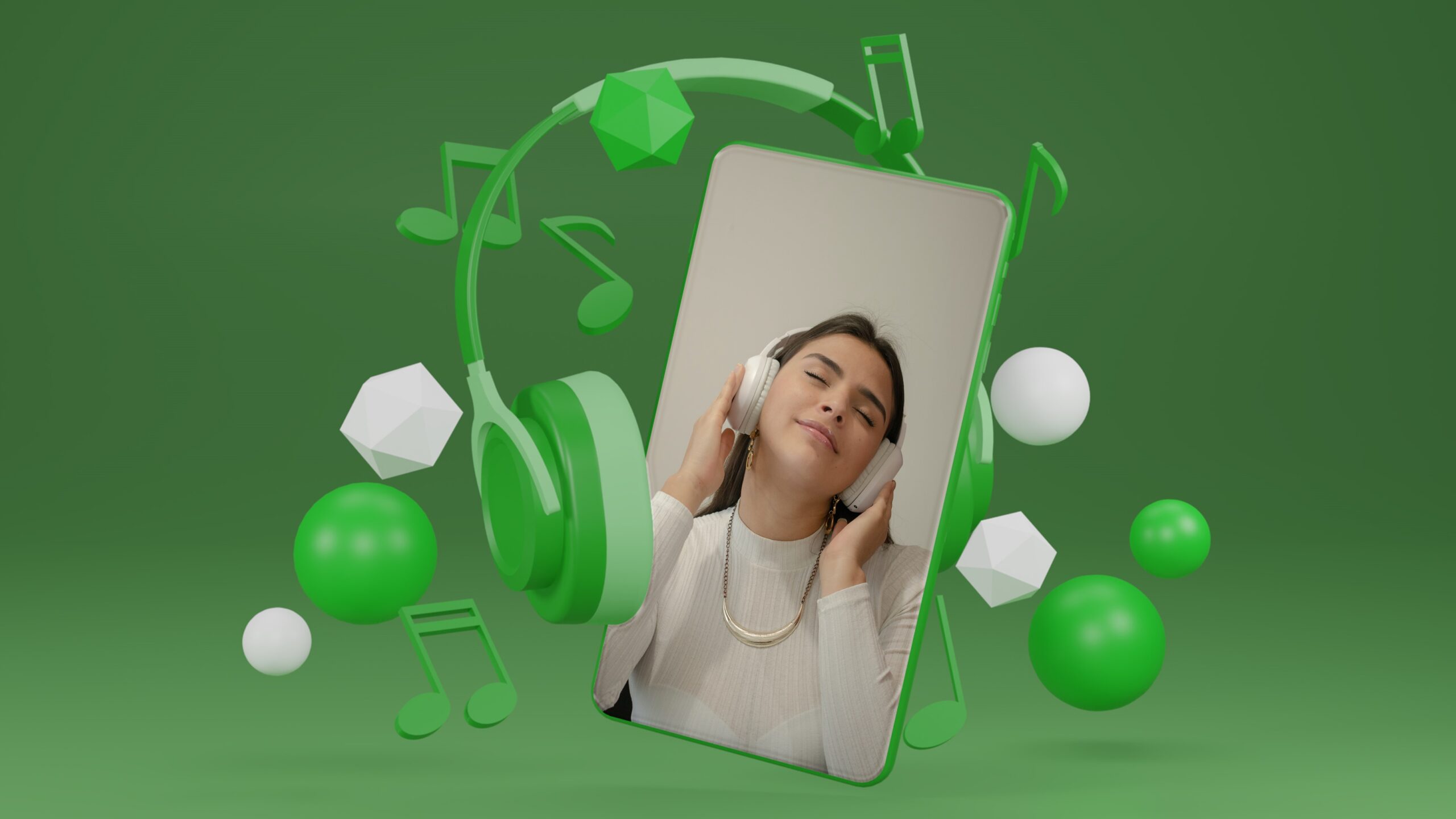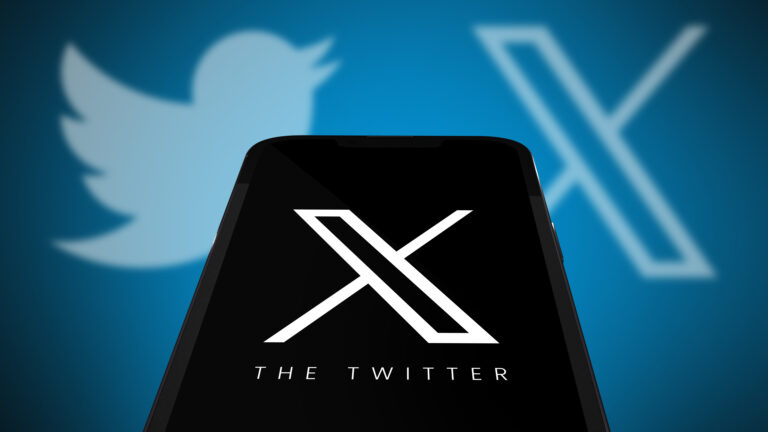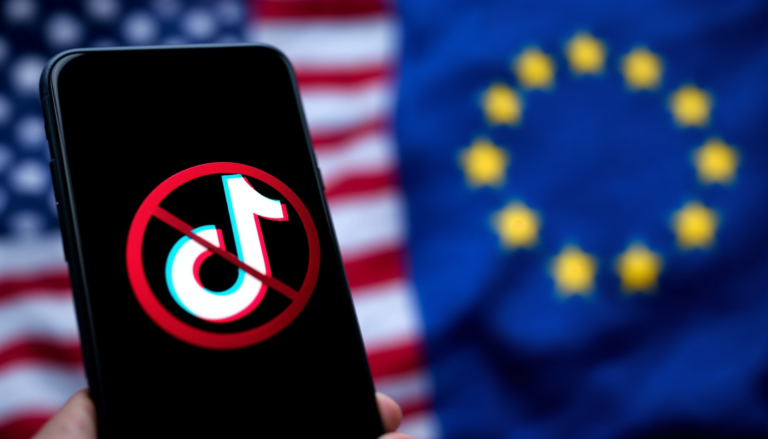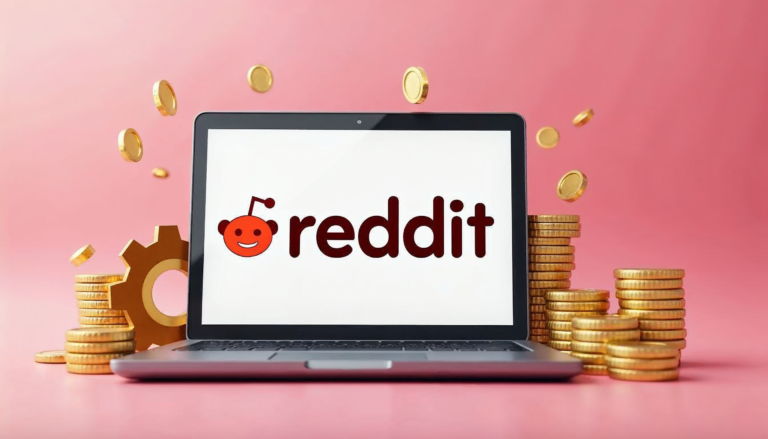Spotify has been a giant in the music streaming world for years, with millions of songs, podcasts, and playlists available to users at their fingertips. But what if artists could make more money directly from Spotify, instead of relying on ad revenue and streaming royalties? Well, that’s exactly what Spotify is testing with a brand-new feature designed to help artists monetize exclusive content on the platform. This move could significantly alter the way artists interact with their audiences and boost their earnings. Let’s dive into how this feature works, its potential impact, and what it could mean for the future of music streaming.
What Is Spotify’s New Feature?
Spotify’s new feature represents a significant shift in the way artists can interact with their audience and generate revenue on the platform. Traditionally, Spotify artists earn money through streaming royalties, ad revenue, and premium subscriptions. However, the latest test allows artists to take control of exclusive content and monetize it directly on the platform. This change provides an entirely new avenue for creators to earn income, moving beyond the conventional model based on plays and advertising.
With this feature, Spotify artists can upload a variety of exclusive content that goes beyond just their music catalog. This could include videos, unreleased tracks, behind-the-scenes footage, or even live performances. The key here is that this content will be available only to fans who are willing to pay for access, making it a premium offering that goes beyond the typical listening experience. For artists, this is an opportunity to offer something unique to their most dedicated supporters while simultaneously boosting their revenue potential.
For fans, this feature offers a more personalized and exclusive experience. Instead of simply streaming music, they can access special content that isn’t available to everyone. Whether it’s an intimate interview with their favorite artist or an exclusive song release, the new model lets fans feel more connected to the creators they support. This kind of content fosters a deeper bond between the artist and their audience, as it feels more like a VIP experience.
By integrating this feature directly into the Spotify platform, the service aims to be more than just a music streaming service; it becomes a one-stop shop for fans looking for exclusive, paid content. This could include everything from behind-the-scenes videos to live concert recordings, all available for a subscription fee. This shift marks a new chapter in Spotify’s evolution, providing both artists and fans with more opportunities for unique engagement.
Why Is Spotify Testing This Feature?
- Spotify is constantly innovating to stay ahead in the highly competitive music streaming industry.
- The introduction of direct monetization options is aimed at creating a more sustainable income stream for artists, beyond traditional ad revenue and per-stream payouts.
- By allowing artists to monetize exclusive content, Spotify is offering a new way for creators to generate revenue directly from their fans.
- This model allows artists to tap into a more dedicated and potentially lucrative fanbase that is willing to pay for exclusive content, thus improving the artist-fan relationship.
- The feature opens up new opportunities for artists to diversify their income streams, especially for independent musicians who may not have access to major label support.
- Spotify hopes that by offering this new feature, they can attract more artists to the platform, as it provides a better and more direct way to earn money.
- This test could lead to a shift in how music streaming platforms approach artist compensation, making them more artist-friendly and less reliant on traditional revenue models.
- With this move, Spotify is positioning itself as a more comprehensive platform for both music and exclusive content, appealing to a broader audience beyond just casual listeners.
- The feature also makes Spotify more competitive with platforms like Patreon, where creators have long been able to monetize exclusive content directly from their fans.
- By testing this feature, Spotify is looking to better cater to the evolving needs of both artists and listeners in an ever-changing digital landscape.
How Will Artists Benefit from Monetizing Exclusive Content?
| Benefit | Description | Potential Impact | How It Helps Artists | Example |
| Direct Revenue Stream | Artists can earn money directly from their fans by selling exclusive content on Spotify. | This could be far more profitable than traditional streaming royalties, especially for loyal fans. | Artists no longer depend solely on ad revenue or streaming payouts. | An artist selling exclusive behind-the-scenes content directly on Spotify. |
| Increased Fan Engagement | When fans pay for exclusive content, they are more invested in the artist’s career. | Fans are likely to form a stronger connection with the artist, leading to increased loyalty and engagement. | Creates deeper fan relationships and increases long-term engagement. | Fans purchasing exclusive access to a live concert recording. |
| Diversification of Revenue Sources | Artists can generate income from multiple streams beyond traditional music royalties. | This is particularly helpful for independent artists without major label support. | Artists can rely on multiple income sources for financial stability. | Independent musicians offering exclusive early access to music releases. |
| Control Over Content | Artists have more autonomy over how their content is presented and monetized on Spotify. | This gives artists more power to manage their brand and content without relying on external platforms. | Artists retain creative control and better manage their brand identity. | An artist choosing the type of content to offer and the pricing structure. |
What Will Fans Get from Exclusive Content?
For fans, Spotify’s new feature offers a unique opportunity to access content that isn’t available to the general public. This sense of exclusivity creates a feeling of privilege, making the experience more personal and rewarding. Fans will be able to enjoy content that goes beyond just music streaming, deepening their connection to the artists they support. With exclusive offerings, such as behind-the-scenes footage, fans can get an inside look at the recording process or a day in the life of their favorite artists, which makes them feel like they are part of the artist’s world.
Exclusive music releases will also be part of the package, giving fans the chance to listen to tracks or albums that are not available on regular Spotify playlists. This could include early releases or special versions of songs, creating a sense of urgency and excitement among fans who want to hear the latest from their favorite artists before anyone else. Additionally, live performances streamed exclusively for subscribers offer fans the opportunity to enjoy a concert experience from the comfort of their own home, with access to shows or performances that are not available to the general public.
Another exciting aspect of this exclusive content is the possibility of private interviews or Q&A sessions. These deeper dives into the personal and professional lives of artists allow fans to feel more connected to the artist, gaining insights they wouldn’t normally have access to. This content appeals to super-fans who are not only looking for music but for an intimate and personal experience with the artists they admire. Fans will appreciate the ability to feel closer to the music, the process, and the people behind it.
How Does Spotify’s Monetization Model Compare to Other Platforms?
- Patreon: Patreon has long been a platform where artists and creators offer exclusive content through fan subscriptions. Creators can share music, videos, and personal messages with their most dedicated supporters. However, Spotify’s new feature stands out because it’s built directly into a music streaming platform that fans are already using. This makes the experience more seamless and convenient for both artists and listeners, as they don’t need to switch between different platforms to access exclusive content.
- YouTube: YouTube provides monetization options like memberships and Super Chats, allowing fans to pay for exclusive content or interact during live streams. But YouTube is a video-focused platform, not primarily a music platform. While YouTube offers flexibility for various types of content, Spotify’s feature caters specifically to musicians, creating a more music-centered environment where artists can focus on monetizing their work directly within the space where their fans already consume music.
- SoundCloud: SoundCloud also offers monetization features, but these are typically available only under certain conditions, such as having a Pro account or reaching a specific number of plays. In comparison, Spotify’s new model could offer more flexibility and broader access for artists who want to monetize their content, even if they don’t yet have a huge following. This could give emerging artists more opportunities to earn income from their work without the same level of restriction.
What Are the Potential Challenges of This Feature?
| Challenge | Description | Potential Impact | How It Affects Artists and Fans | Example |
| Audience Willingness to Pay | The success of the feature depends on whether fans are willing to pay for exclusive content. | Fans accustomed to free access might not be ready to pay for additional content. | Artists may struggle to generate enough revenue if the broader audience doesn’t embrace the model. | Fans who only listen to free music might hesitate to subscribe for exclusive content. |
| Artist Adoption | Not all artists might be willing to adopt this new model or could feel uncomfortable charging for content. | Some artists may feel it could alienate their fans or may not be interested in creating exclusive content. | Independent artists or those already earning from touring or merchandise may not find the model appealing. | An established artist who already has other income streams might not want to offer exclusive content. |
| Content Quality and Overload | Offering too much exclusive content could overwhelm fans and diminish the value of the offerings. | Fans could find it difficult to manage and engage with too many exclusive offerings, leading to content fatigue. | Artists need to carefully curate exclusive content to maintain its value and appeal. | Too many exclusive music tracks or behind-the-scenes videos might overwhelm a fan’s experience. |
How Will This Affect Spotify’s Market Position?
Spotify has long been the dominant force in the music streaming industry, consistently maintaining its leadership position through continuous innovation and a broad user base. However, this new feature has the potential to strengthen its market position even further by providing artists with more opportunities to generate revenue directly on the platform. Traditionally, musicians have relied on streaming royalties, advertisements, and external platforms to monetize their content, but by offering the ability to monetize exclusive content, Spotify gives artists a more direct and profitable avenue for engagement with their fans.
This move is likely to attract more artists, particularly independent musicians who might have been seeking alternative ways to earn money. Platforms like Patreon or YouTube have already offered ways for creators to monetize exclusive content, but Spotify’s integration of this feature directly into its music streaming service provides a seamless experience. Independent musicians often face challenges in securing a stable income, and Spotify’s model could offer them a more sustainable financial path without the need to diversify across multiple platforms.
By positioning itself as the go-to platform for artists seeking innovative ways to connect with fans, Spotify could set itself apart from other streaming services. While platforms like Apple Music and YouTube offer monetization options, Spotify’s specialized focus on music and the ease with which it integrates this feature into its existing framework creates a more attractive proposition for musicians. As a result, Spotify could gain a larger share of the independent artist community, further cementing its dominance in the market.
Additionally, this new feature could reinforce Spotify’s value to its user base. Fans who enjoy exclusive content will have a reason to remain loyal to the platform, strengthening the artist-fan connection within Spotify’s ecosystem. This not only helps Spotify retain existing users but could also attract new subscribers who are eager to access unique, paid content. Ultimately, by fostering an environment where both artists and fans can thrive, Spotify may solidify its market position as the top destination for music streaming and exclusive content.



